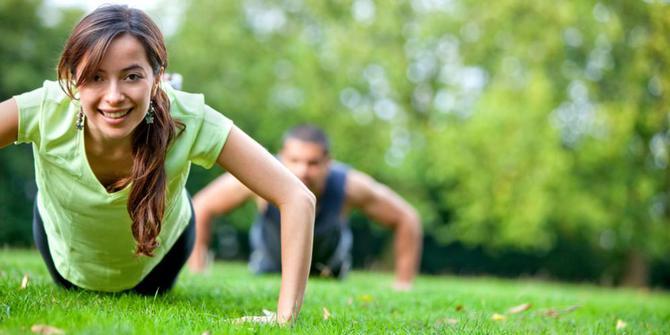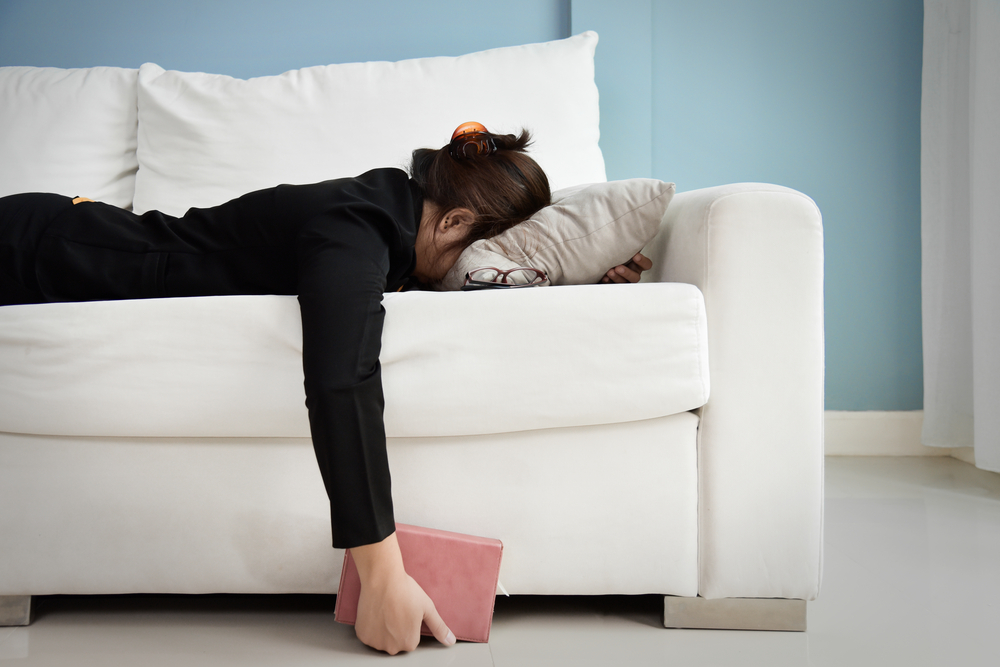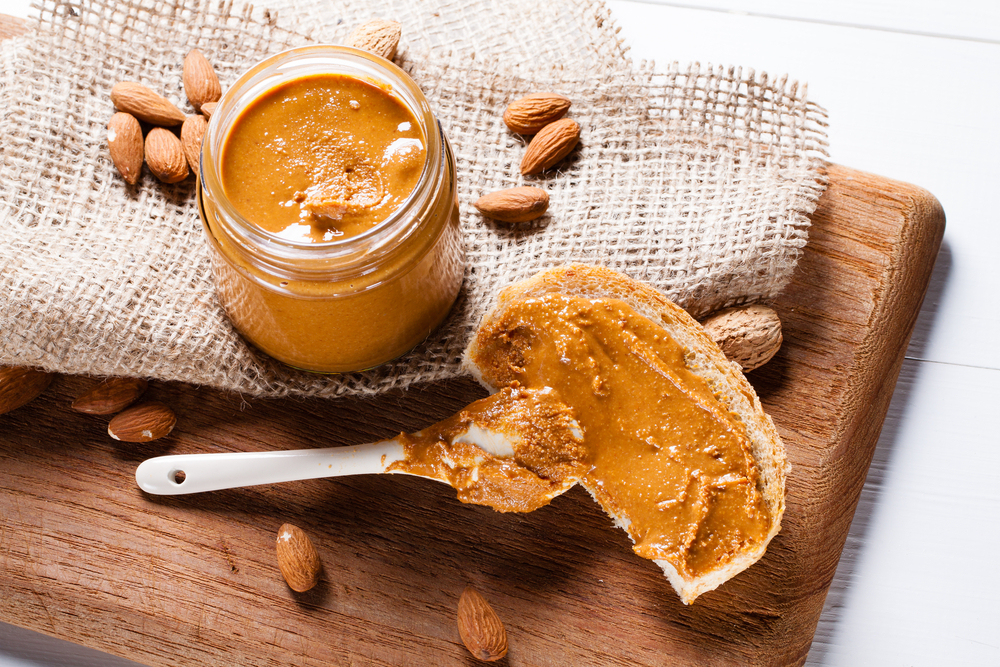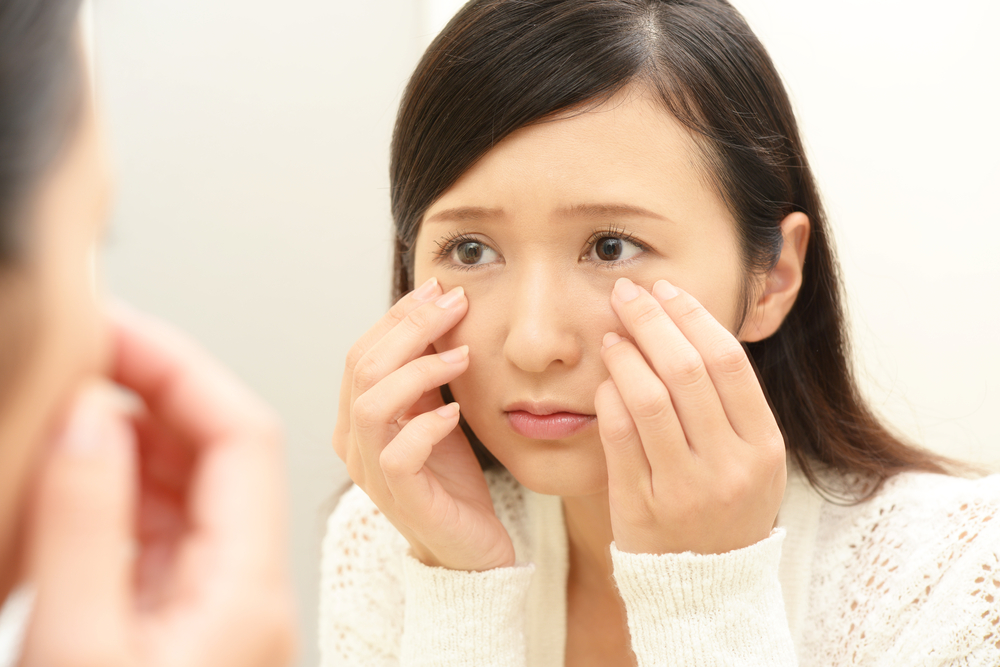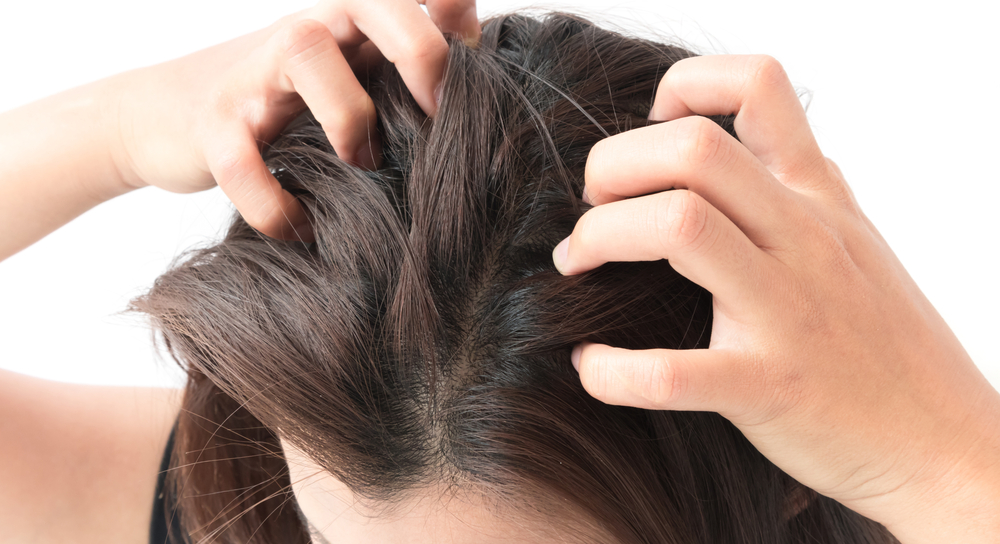Contents:
- Medical Video: How playing sports benefits your body ... and your brain - Leah Lagos and Jaspal Ricky Singh
- How exercise affects bone health
- The effect of exercise on bone health is also influenced by age
- Types of exercise for bone health
- Under the age of 6 years
- Age of children, adolescents and adults under 35 years
- Age over 35 years
Medical Video: How playing sports benefits your body ... and your brain - Leah Lagos and Jaspal Ricky Singh
Bone is the main organ making up the body that can grow and develop, but bone tends to lose mass slowly when a person enters the age of 30 years. This creates a higher risk of bone health disorders such as osteoporosis.
The disorder can also occur earlier before someone enters old age, depending on nutritional intake and sex, where women are more at risk of experiencing a decrease in bone mass than men. However, there are ways to strengthen bones and slow down the loss of bone mass, one of which is to routinely exercise for bone health.
How exercise affects bone health
Bone is an organ that continues to regenerate. It grows through a mechanism for releasing long-standing bone tissue (osteoclast) and the formation of new bone tissue (osteoblast) Both of these mechanisms are strongly influenced by the pressure received by the bones when exercising.
Pressure when exercising comes from sustained weight, and also muscle contraction when carrying out activities carried out by standing, such as walking or running. This pressure causes bones to release old tissue and form new tissue.
The response to forming new bone tissue is highly dependent on one's fitness level, and generally occurs slowly, so that more frequent frequency of exercise is needed to maintain bone health. Adequate nutrition also affects the speed of bone regeneration, where the body needs calcium, vitamin D, vitamin K2 and magnesium. But in adulthood to old age, both regular exercise and nutrition only act as factors that slow bone loss.
The effect of exercise on bone health is also influenced by age
Maintaining bone health is a long-term effort that has begun since the age of growth and children. The main bone growth period occurs during childhood until a person enters the age of 20-25 years, and bone strength is influenced by the level of physical activity during childhood.
Something studies in the group of adolescents under 21 years of age, showed that those who were less active at the age of children had a much lower bone density when they were teenagers. The level of bone density during adolescence is important in preventing bone loss in adults. The researchers also found that sedentary activity (lack of movement) was closely related to the low bone mass during adolescence.
At the age of growth or before entering the age of six, a child should be active throughout the day. While the age of six years until the end of the age of puberty or around the age of 12 years, a child should be active for a minimum of 60 minutes per day. Actively moving and doing a type of exercise that can strengthen bone health should be carried out until around the middle of the 20s when the bones can still undergo a strengthening process.
After the bone stops experiencing a strengthening process, bone density generally begins to decrease in the mid 30s to the elderly. Staying active and getting adequate nutrition for bones is important for maintaining bone health in adulthood, but you need to pay attention to the type of exercise performed
Adults who are not active in physical activity at a young age will be more at risk of falling and fractures while exercising. Then you should avoid the types of sports that can cause excessive pressure or require them to hold loads that are too heavy on certain parts of the body.
Types of exercise for bone health
The type of exercise or physical activity that is good for bones is exercise that triggers bones and muscles to hold the overall body weight or other additional burdens while on the move. Some examples of activities that can strengthen bones and muscles based on age groups include:
Under the age of 6 years
The types of activities that can trigger bone development are:
- Crawl
- Climb up
- Active walking and running
- Play jump
Age of children, adolescents and adults under 35 years
This age requires activities that can strengthen and maintain bone health carried out at least 3 days per week. These activities include:
- Running or jogging
- Jump rope
- Ball sports; basketball, soccer, hockey, rugby, volleyball, etc.
- Gymnastics
- Exercise with weight; press-ups, push-ups, squats
- Aerobics
- Weightlifting
- Rock climbing
- Martial sport
- Sports with racquets: badminton and tennis
- Dancing activities
Age over 35 years
This is a time when the loss of muscle mass occurs naturally so it requires a type of activity that can maintain bone health, and is done at least 2 days per week. These activities include:
- Actively engaged in doing homework, work, carrying shopping items
- Walk fast and climb the stairs
- Endurance training with weights
- Flexibility training
- Gardening activities
Activities that can be carried out by adults over 35 in general are also influenced by fitness levels, so they tend to be safe doing other things with higher intensity. But if you run the risk of having a fracture or osteoporosis, avoid moving your body with extreme range and doing activities with pressure or impact minimal body parts.

